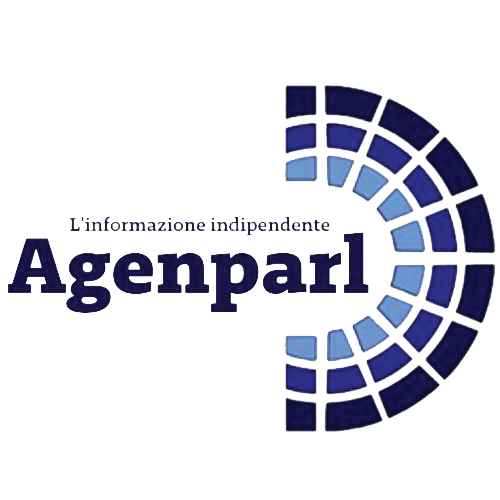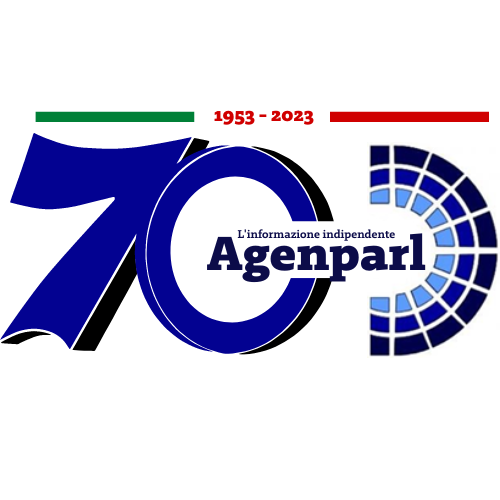 (AGENPARL) - Roma, 15 Febbraio 2023
(AGENPARL) - Roma, 15 Febbraio 2023(AGENPARL) – mer 15 febbraio 2023 [header.png]
Chelyabinsk a decade on: spotting invisible asteroids ‘from the Sun’?
ESA News Release
—————————————————————
[Chelyabinsk.jpg]
The relatively small rock exploded in the atmosphere at an altitude of 30 km, releasing about half a megaton of energy (equivalent to 35 Hiroshima-sized bombs). Two minutes later, the shockwave reached the ground damaging thousands of buildings, breaking windows and injuring roughly 1500 people from flying shards of glass.
Hidden in the glare of our Sun are an unknown number of asteroids, on paths we do not know, many of which could be heading for Earth, and we just don’t know it.
“Injuries caused by airbursts or similar events could be prevented if people are informed of an oncoming impact and its predicted effects. With advance warning, local authorities would be able to advise the public to keep well away from windows and glass.”
Richard adds, “ESA’s upcoming NEOMIR mission will detect asteroids like Chelyabinsk coming from the same region in the sky as the Sun, filling a vital gap in our current abilities to predict and plan for hazardous impacts”.
Of course, there is also the risk of an even bigger asteroid impacting Earth from the dayside. Such a scenario is less likely, as the larger the asteroid the fewer there are in the Solar System and the easier they are to detect. In fact, almost all asteroids larger than 1 km have already been discovered.
So, how do we make sure we are prepared? ESA’s upcoming NEOMIR mission will be located at the “L1” Lagrange point between Earth and the Sun. Undisturbed by Earth’s atmosphere, its infrared telescope will be able to spot asteroids 20 metres and larger currently lurking in the sunlight.
With enough warning, an asteroid impact is the only natural disaster we can prevent.
Images
ESA’s Photo Library for Professionals:
https://www.esa.int/esearch?q=asteroid+image
For questions or more information related to ESA images, please contact directly:
Videos
ESA’s Video Library for Professionals:
https://www.esa.int/esearch?q=asteroid+video
Terms and conditions for using ESA videos:
Social media
Follow ESA on:
—————————————————————
About the European Space Agency
The European Space Agency (ESA) provides Europe’s gateway to space.
ESA is an intergovernmental organisation, created in 1975, with the mission to shape the development of Europe’s space capability and ensure that investment in space delivers benefits to the citizens of Europe and the world.
ESA has 22 Member States: Austria, Belgium, the Czech Republic, Denmark, Estonia, Finland, France, Germany, Greece, Hungary, Ireland, Italy, Luxembourg, the Netherlands, Norway, Poland, Portugal, Romania, Spain, Sweden, Switzerland and the United Kingdom. Slovakia, Slovenia, Latvia and Lithuania are Associate Members.
ESA has established formal cooperation with four Member States of the EU. Canada takes part in some ESA programmes under a Cooperation Agreement.
By coordinating the financial and intellectual resources of its members, ESA can undertake programmes and activities far beyond the scope of any single European country. It is working in particular with the EU on implementing the Galileo and Copernicus programmes as well as with Eumetsat for the development of meteorological missions.
[footer.png]
ESA – European Space Agency (HQ), 24, rue du Général Bertrand, 75007, Paris | France
